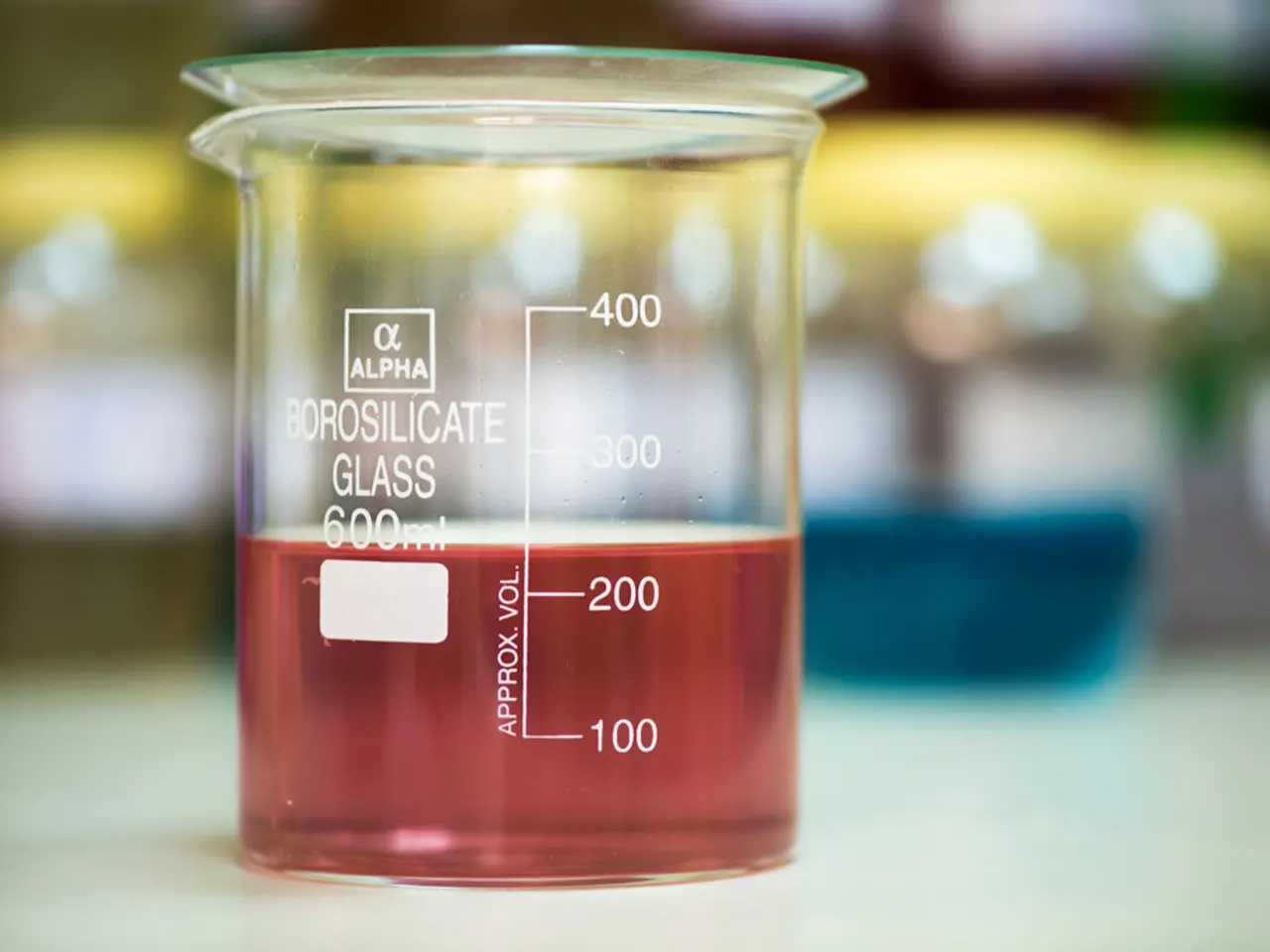Inexpensive Digital Microscopes Generally Fall Short of Excellence
================================================================================
Digital microscopes have gained popularity as affordable tools for magnified viewing, but a recent comparison video on the Outdoors55 YouTube channel highlights the limitations of these devices when compared to high-end DSLR macro lenses.
The video showcases a side-by-side comparison between a Tomlov DM9 digital microscope and a quality macro lens on an APS-C format Sony Alpha a6400. The Sony Alpha a6400 features an APS-C sensor, which is larger than the image sensor in most digital microscopes.
One of the main issues with digital microscopes is their small, low-cost sensors, which limit resolution and detail capture. In contrast, the Sony Alpha a6400, with its larger sensor, allows for seeing many more details, even without cranking the optical zoom levels.
Moreover, the video demonstrates that the DM9 microscope's claimed magnification of 1,500x is not as significant when compared to the Sony Alpha a6400. The larger sensor in the Sony camera provides clearer images at lower magnification levels.
Another problem with digital microscopes is the lack of significant depth of field, making it difficult to get sharp images of three-dimensional subjects without advanced techniques like focus stacking. DSLR macro lenses, on the other hand, offer smooth focusing, focus limiters, and manual/auto focus control for crisp close-up shots.
The video also points out that USB microscopes often rely on heavy digital processing to compensate for poorer optics and sensors, resulting in inferior color accuracy, sharpness, and detail compared to DSLR macro lenses.
In summary, while hobby USB microscopes serve as accessible, low-cost entry points for magnified viewing, high-end DSLR macro lenses deliver vastly superior image quality, performance, control, and versatility for macro photography and fine-detail work. This distinction reflects the fundamental physics and optics limitations discussed in the comparison video.
It is important to be aware of the limitations of digital microscopes, especially when considering them for serious photography or detailed inspection tasks. While a $150 digital microscope may be "good enough" for many tasks, a simple jeweler's loupe could also suffice for some. On the other hand, dedicated DSLR macro setups, which cost around $1,500 or more, are preferred for professional or high-quality macro imaging.
[1] Comparison video link [2] Additional resources on DSLR macro lenses
Electronics enthusiasts might find it challenging to comparable gadgets like smartphones against the superior technology found in expensive DSLR macro lenses, as demonstrated in the video on Outdoors55 YouTube channel. The electronics within digital microscopes, such as small, low-cost sensors, often limit resolution and detail capture, while DSLR macro lenses offer smooth focusing, focus limiters, and manual/auto focus control for crisp close-up shots.




